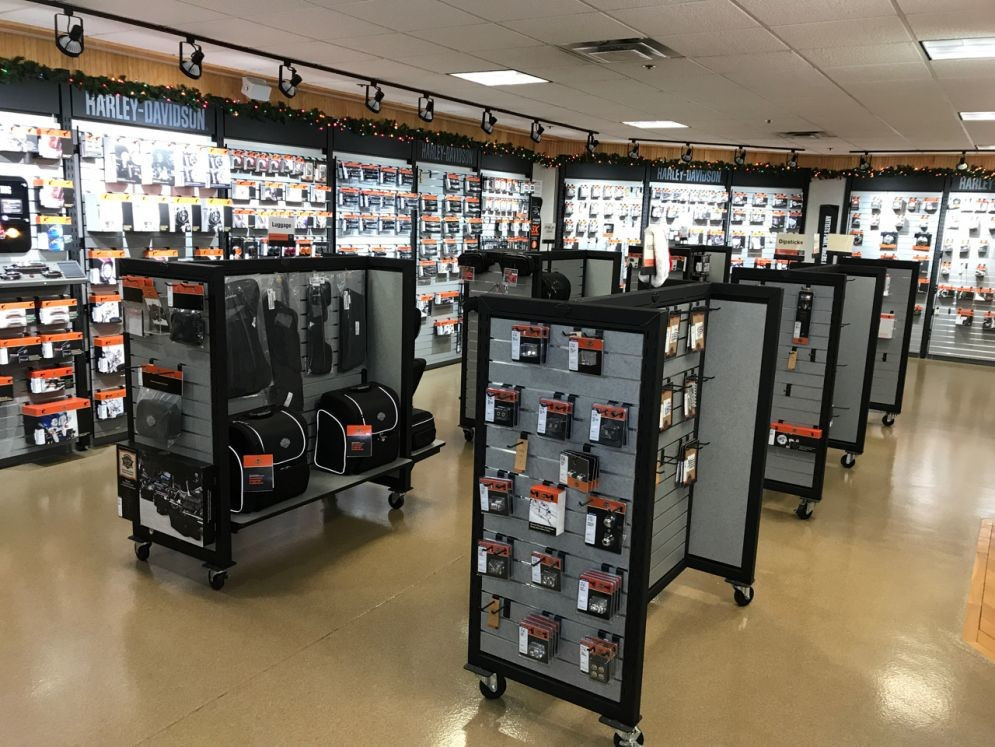Discover High Quality Moto Parts NZ for All Your Motorcycle Needs
A Detailed Check Out Motorcycle Components: What Every Cyclist Ought To Know
A comprehensive understanding of motorbike parts is not simply useful but vital for any kind of motorcyclist intending to take full advantage of performance and safety. Each element, from the engine's detailed workings to the dependability of brake systems, plays a critical duty in the total experience and performance of the bike. However, past feeling in one's bones what these parts do, it is necessary to appreciate just how they sustain and engage one another. This interconnectedness can make the distinction between a smooth experience and unexpected problems. What complexities lie within this mechanical harmony that every biker should master?
Understanding the Engine
The engine, usually concerned as the heart of a motorbike, is a complicated setting up of components that operate in consistency to transform fuel into movement. At its core, the engine's key feature involves the combustion process, where air and gas mix and stir up within the cyndrical tubes, resulting in controlled explosions that drive the pistons. These pistons relocate up and down, transforming chemical power right into power, which consequently transforms the crankshaft, inevitably powering the bike.

Understanding the intricacies of a bike engine is vital for cyclists and fanatics alike. It not only provides insight right into just how motorbikes achieve their excellent power and speed yet also aids in effective upkeep and troubleshooting, making sure durability and reliability when driving.
Suspension Equipments
While the engine powers the bike, the suspension system plays a vital duty in making certain a controlled and smooth adventure. The suspension system is in charge of soaking up shocks from the road surface area, preserving tire call, and providing stability during cornering and braking. It makes up 2 main components: the front forks and the back shock absorbers.
Front forks are typically telescopic, containing a spring and dampening device. The spring compresses and extends to take in bumps, while the wetting system manages the activity to avoid too much bouncing. This mix makes certain the front wheel stays touching the road, using superior handling and convenience.
The back suspension, usually a monoshock or twin-shock arrangement, works similarly to the front suspension but is customized to sustain the motorcycle's weight and motorcyclist - motocross parts nz. It manages rear wheel motion, adding to the bike's overall balance and responsiveness
Suspension systems can be adjustable, allowing cyclists to tweak preload, compression, and rebound settings according to individual preferences and riding conditions. This adjustability improves performance by optimizing the motorbike's communication with varied surfaces. In recap, an effective suspension system is critical for motorcyclist comfort, safety and security, and the motorcycle's taking care of prowess.
Brake Parts
Quiting power is an essential element of motorbike safety and security, and it rests on the effectiveness of the brake elements. The primary elements of a motorbike's braking system consist of the brake pads, calipers, rotors, and master cyndrical tube. moto parts nz. Each of these components plays a critical function in ensuring efficient stopping performance
Brake pads are vital as they produce the needed rubbing against the blades to reduce down or quit the motorbike. Built from products such as sintered metal or organic compounds, the option of brake pad product considerably impacts efficiency and durability. Calipers, housing the brake pads, use pressure to the pads when the brake lever is involved, assisting in contact with the blades.
The blades, commonly made from stainless-steel or actors iron, are installed to the wheels and serve as the surface versus which the brake pads press. Their design, including diameter and thickness, affects warmth dissipation and stopping power. The master cyndrical tube, connected to the brake lever, produces hydraulic stress transferred through brake lines to the calipers, ensuring constant braking pressure.
Routine upkeep and examination of these elements are vital for ideal efficiency, avoiding wear and guaranteeing biker security on the road.
Tire Fundamentals
Beyond keeping robust stopping systems, making sure optimal tire efficiency is just as substantial for motorcycle safety and security and performance. Tires are the sole call point between the motorbike and the roadway, making their problem essential in dealing with, stability, and general ride quality. Choosing the appropriate tire kind is crucial, as it straight affects traction and performance. Options vary from visiting to sporting activity tires, each designed to fit particular motorcycle fuses riding designs and problems.

Inspect the sidewall for the DOT (Department check of Transportation) code to ascertain the tire's age. Spending focus in these tire fundamentals not only optimizes efficiency yet also substantially boosts riding safety.
Electric Systems
In the world of bike maintenance, the electrical system plays a vital duty in making sure trustworthy performance and rider safety. This intricate network encompasses crucial components such as the battery, generator, starter electric motor, and circuitry harness. Each aspect is vital for the seamless operation of the motorcycle, from ignition to illumination and communication with numerous sensors.
The battery works as the heart of the electric system, giving the needed power to begin the engine and operate devices. Frequently examining the battery's voltage and terminals for corrosion is crucial to protect against unforeseen failings. The alternator, on the other hand, charges the battery while the engine is running, guaranteeing a continual power supply.
To keep it, cyclists should pay interest to any type of unusual noises or difficulties during startup. Making sure that the wires are undamaged and complimentary from damages is vital for protecting against brief circuits and making certain functionality.
Final Thought

Stopping power is an essential aspect of bike security, and it hinges on the effectiveness site of the brake elements. The key elements of a motorcycle's braking system include the brake pads, calipers, rotors, and master cylinder.Brake pads are necessary as they produce the necessary rubbing against the rotors to slow down or quit the bike.Beyond maintaining durable stopping systems, guaranteeing optimum tire performance is equally significant for motorbike safety and effectiveness.In the realm of bike maintenance, the electric system plays a vital duty in making certain reliable efficiency and biker safety.